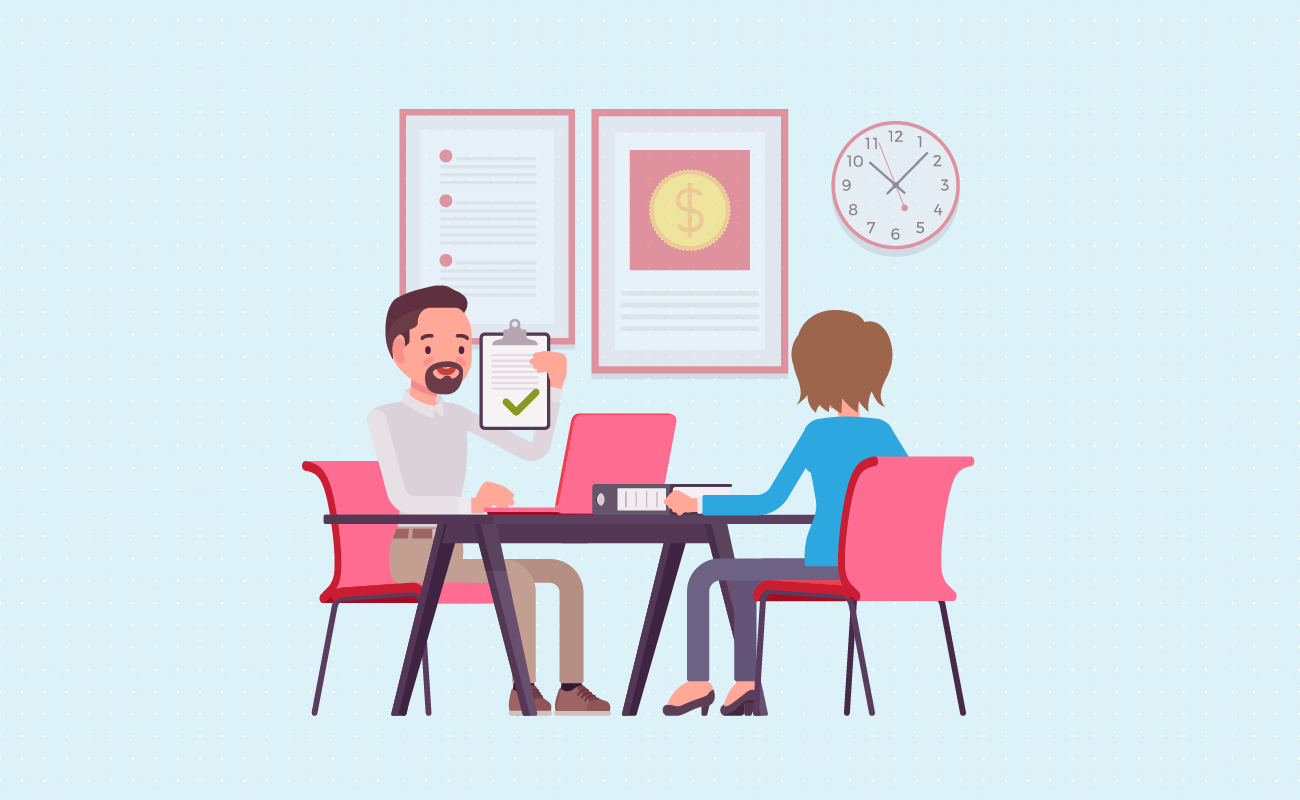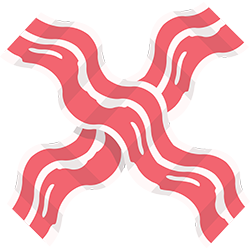Fixed Rates
30 yr
25 yr
20 yr
15 yr
10 yr
Compare Terms
Compare Rates
Real APR
Adjustable Rates
Qualification
Affordability
Renter Affordability
Rent vs Buy
Price per Square Foot
Jumbo
Home Sellers
 Interest Only Mortgage Payment Calculator
Interest Only Mortgage Payment CalculatorThis calculator will help you to compare the monthly payment amounts for an interest-only mortgage and a principal-interest mortgage. Also included are optional fields for taxes, insurance, PMI, and association dues.
Guide published by Jose Abuyuan on October 20, 2020

Budgeting is often your last big hurdle to home ownership. It takes serious effort to make room for mortgage payments, especially if you have a tight budget. Low monthly payment offers, however, are always tempting for the first time buyer. For families with low incomes, these might even seem like the only way they can afford a house.
But these aren’t always the best options from a financial perspective. Mortgages are a paradox in finance; lower payments lead to higher costs. What seems like a bargain on the surface may instead be a long-term rip-off. One example that stands out is the interest-only mortgage. Once common in the years before the Subprime Mortgage Crisis, this option declined in popularity. And with good reason.
The interest-only mortgage isn’t without its uses. You might find this option more cost-effective in very specific circumstances. That is, as long as you can afford it.
Like all loans, a mortgage has two main components: the principal and interest. Your principal is the amount you borrowed. Interest, meanwhile, is the fee you pay your lender for using their money. The exact formula for calculating interest varies with the type of loan, but they all share a common feature. Lenders draw interest based on a pre-agreed rate and the time it takes to pay off your mortgage.
In general, the amount you pay in interest depend on these factors:
Mortgages get their name from the Latin mortuus, which means “death.” This gristly term describes the way you paid back the loan. Each incremental payment whittles down the loan balance, slowly “killing” it in the process. You can also speed it up (and cut down on interest payments) by paying your remaining balance in a lump sum.
Most mortgages in the market today are fixed-rate mortgages. They remain the most popular options due to their predictability. Their principal and interest (P + I) payments are decided the moment you signed on. They remain the same throughout the life of your mortgage, making them easy to incorporate into a budget.
The amount of money that goes to the principal and interest varies each payment. To start with, let’s look at the monthly payment formula for a fixed-rate mortgage:
M = P [ i(1 + i)ⁿ ] / [ (1 + i)ⁿ – 1]
Where:
M = monthly payment
P = principal
i = monthly interest rate
n = term (in months)
To derive your monthly interest rate, divide your APR by 12. The following formula determines the amount of your money that goes to interest:
I = Bi
Where:
I = monthly interest
B = remaining principal balance
i = monthly interest rate
In our first example, we’ll assume you have a mortgage of $220,000. You received an annual percentage rate of 3 percent and chose a 30-year mortgage term:
30-year fixed-rate mortgage (360 months)
Principal: $220,000
Rate (APR): 3% (0.25% monthly interest rate)
= $220,000 [ 0.0025 (1 + 0.0025)^360 ] / [ (1 + 0.0025)^360 – 1]
= $220,000 [ 0.0025 (1.0025)^360 ] / [ (1.0025)^360 – 1]
= $220,000 [0.0025 x 2.4568] / [2.4568 – 1]
= $220,000 [0.0061] / [1.4568]
= $220,000 [2.4568] / [1.4568]
= $220,000 x 0.0042
= $924
Now, let’s see how much of your money goes toward paying interest on your first payment.
= $220,000 x 0.0025
= $550
Subtract this amount from your monthly P + I payment. On your first payment, $550 will go toward interest. The remainder, $374, is applied to your principal. Thus, your remaining balance will be $219,626. In the next month, your interest payment will cost $549.07 and your principal payment will be $374.93. This varying distribution of principal and interest payments continues for thirty years.
In the first few years of your mortgage, most of your monthly payments go toward your interest. As your balance shrinks, the part that pays for your principal grows. Because of this, higher monthly payments mean more payment can go toward your principal. You can, in fact, save money in interest payments by paying extra toward your mortgage. These payments reduce your principal faster, which speeds up the time it takes to repay your mortgage.
An interest-only mortgage charges you only the interest costs of your mortgage for a set term, which is usually 5, 7, or 10 years. These are often adjustable-rate mortgages whose interest charges will vary after the introductory period ends. Because you don’t pay the principal, your monthly payments are often much smaller than a standard fixed-rate mortgage.
Interest-only adjustable-rate mortgages (ARMs) come in various terms. These are expressed in number pairs separated by a slash. The most popular of these terms are 5/1, 7/1 and 10/1. The first number represents the interest-only term in years. In this period, your lender only charges you for interest payments. The latter half represents the rate by which your interest adjusts per year. For a 10/1 interest-only ARM, this term lasts ten years and adjusts its rate once a year for the remaining term.
In that time, however, you don’t pay a single cent on your loan’s principal (unless you decide to pay extra). This balance is due at the end of the interest-only term. At this point, you have four options:
All are expensive propositions. The first one prolongs the period you need before you pay off your mortgage. The latter three means a sudden jump in your monthly payments. You may find yourself contending with payments much higher than you were used to. Would your budget be prepared for that?
In an ARM, after the introductory period, your monthly payment changes depending on market conditions. These are based on prevailing interest rates issued by the treasury, though they will not match them 1:1. In good years, these are often much lower than those you can receive for fixed-rate mortgages. Thus, they often have much smaller monthly payments during the initial period of the loan.
Choosing an ARM, however, means giving up predictability for chance. Your interest rate will go up and down along with the market. Although most lenders offer a lifetime cap to your interest, this is still several percentages higher than your starting rate. It can mean bad news if market rates go up. Thus, most people who take ARMs choose to refinance to a fixed-rate mortgage in a few years.
On the surface, it’s not difficult to see the appeal of an interest-only mortgage. In our next example, we’ll assume that you plan to buy a house worth $280,000. By paying $60,000 down, you’ve eliminated the need for private mortgage insurance. Your home will also cost you $303.33 in escrow payments. You managed to get a mortgage rate of 3 percent from both lenders.
Let’s use our calculator above to compare. All things being equal, here’s what your monthly payment would be like for both mortgages on the first year:
Principal: $220,000
Term: 30 years
Rate (APR): 3%
Escrow payments: $303.33 per month
| Category | 10/1 Interest-Only ARM | 30-Year Fixed-Rate Mortgage |
|---|---|---|
| Mortgage Payments | $550.00 | $927.53 |
| Total Monthly Payment | $858.33 | $1,235.86 |
In the first year, you will pay $377.53 less on the interest-only mortgage than with a 30-year mortgage. For first-time buyers and people with lower income, this seems like a good deal. And for a time, unscrupulous lenders marketed it as such, without explaining that it would cost more once the interest-only period ends.

Today, interest-only mortgages have a bad rap. These first became popular in the years leading to the Subprime Housing Crisis in the late 2000s. Unwitting would-be homeowners were tempted by the low initial payments. Predatory lenders sold them to people unable to afford prime mortgages. When the time came to pay the principal, many borrowers were overwhelmed and defaulted.
The big disadvantage of interest-only mortgages not only comes from their end-term expense. Because you don’t pay a cent toward your mortgage’s principal, you also don’t build up equity in your home. At the end of the interest-only period, the lender still owns most of your house. With a conventional mortgage, you could’ve built up more equity in your home in that same span of time. With an interest-only ARM, the only time you could build equity is if you paid extra toward your principal during the interest-only period.
You might also experience payment shock when the interest-only period ends. Although you pay less today, your future payments will be much higher. These may even be higher than your budget allows, putting you at grave risk of defaulting on your mortgage.
The short version is “lenders make all their profit from interest.” They, however, do not always hold the loan forever. After a set period, they have the option to sell the loans on their books to other investors or to Freddie Mac or Fannie Mae. By selling the mortgage, they get back their principal immediately.
Investors often buy loans in bundles known as mortgage-backed securities. Once it’s in their books, they receive all the subsequent profits and shoulder all its risks. Instead of going to your lender, your payments now go to whoever bought the loan. The widespread practice of offloading risks to investors was a factor that contributed to the Subprime Mortgage Crisis. When subprime borrowers defaulted, investors lost their money.

This feature of interest-only mortgages provides three payment options. Besides the standard interest-only monthly payment, you can also pay a fixed minimum amount or pay extra.
Payment-option ARMs’ interest rises depending on the conditions of the market. Interest payments often change monthly. However, you do have a respite in the form of a payment cap, expressed in a percentage. This way, your minimum payments will not rise any higher than that rate for the year, even if annual rates exceed that.
Lenders recalculate payment-option ARMs on a periodic basis, usually every five years. At this time, you may experience a sharp rise in your monthly payments. The payment cap does not apply during recalculation.
Minimum payments give you a cheaper monthly mortgage payment. If you’ve ever found yourself running short, you may pay the minimum amount and nothing more. However, these often do not reflect the full cost of interest that month. The unpaid interest is added to your principal balance, putting you at risk of negative amortization, which occurs when your payments fail to cover the interest costs. As a result, it raises your principal rather than reduce it. Eventually, you might end up owing more on your mortgage than your home is worth.
To prevent this, you must pay as close to your monthly interest rate as possible. You may also turn the tables and pay extra toward your mortgage to lower your principal.

Because of the way they work, payment-option ARMs can be very risky for borrowers. Do not choose this option if you cannot afford to pay the maximum payment amount over the long term.
Negative amortization has its limits. If your new mortgage balance exceeds 125% of its original amount, your lender terminates the payment options. From that point, you must pay the full P + I payments, which can be much higher.

That said, interest-only mortgages aren’t always as bad as their reputation. There are times when these could be the better financing option for you. Whether it is, however, depends on two things:
Interest-only mortgages are not for first-time buyers. They are best suited for established individuals with rising incomes.
Today, people have wizened up to the consequences of interest-only mortgages. In the wake of the Great Recession, Fannie Mae and Freddie Mac no longer buy interest-only mortgages. Lenders today must keep these loans in their books or sell them to other (reluctant) investors. The new system has de-incentivized selling interest-only mortgages on a large scale.
Lenders have also tightened the requirements needed for interest-only mortgages, which are now much higher than those for other mortgages. To qualify, borrowers must have a high FICO score (around 700) and lower debt-to-income ratios. They must also provide down payments as high as 50 percent and have ample cash savings.

A key question to ask before choosing any mortgage is “will this be my forever home?” If your answer is yes, then you are better off buying it with a conventional fixed-rate mortgage. However, if you don’t plan on holding on to the property for more than a decade, an interest-only mortgage might be the right choice.
Here are a few situations where an interest-only ARM can save you money:
These four situations hinge on a lump sum payment. By selling a property after a few years, you gain the money needed to clear your mortgage early. Thus, you are free to enjoy the lower payments during the interest-only period. Be sure to sell your home before the interest-rate adjusts and your payments amortize. Otherwise, you’ll be forced to make P + I payments for a house you’ll eventually leave.
Even then, interest-only mortgages come with plenty of risks. Ask yourself carefully if you can afford the costs even if things do not go according to plan. Be aware of the cyclical nature of real estate markets. In some periods, selling a home might be easier said than done. You might find yourself holding onto your home for much longer than anticipated.
Moreover, be wary of prepayment penalties. Many mortgages come with penalties for extra payments and early mortgage closure. Since 2014, prepayment penalty only lasts for the first three years of a loan. If you think you will sell the home much sooner than that, consider getting a mortgage without these penalties.
Think carefully when considering an interest-only mortgage in the future. Today, even the well-off need to be wary of their money. Putting yourself in more risk than necessary can derail your financial plans. It’s not enough to qualify for an interest-only mortgage while expecting to make low payments.
Next, decide whether you’re buying a home for keeps, or if you’re planning to move in the future. If you don’t intend to hold onto a home for long, look at your risk tolerance. How long are you prepared to stay in the house if markets are slow? Before you take out an interest-only mortgage, compare mortgage options from different lenders. Besides low rates, here are a few other things you should look for:
Let potential lenders know that you’re looking around. They will give competing counter-offers to close the deal. This way, you can negotiate from a position of strength and get better bargains.
Change is one of the few true certainties in life. Perhaps the house you thought was a starter home was a forever home after all. Bracing yourself for the financial impact once your interest-only period lapses is crucial. You can minimize the likelihood of payment shock by paying extra toward your principal. After that, you may also consider refinancing to a mortgage with better terms.

It is important you specify that your extra payments should be applied to your principal. Extra escrow payments don’t reduce your mortgage’s term. What’s worse, you won’t be getting that money back until you pay off your mortgage.
One of the first steps toward home ownership is finding a mortgage budget to suit your needs. Check out our guide on our home affordability calculator.
Jose Abuyuan is a web content writer, fictionist, and digital artist hailing from Las Piñas City. He is a graduate of Communication and Media Studies at San Beda College Alabang, who took his internship in the weekly news magazine the Philippines Graphic. He has authored works professionally for over a decade.